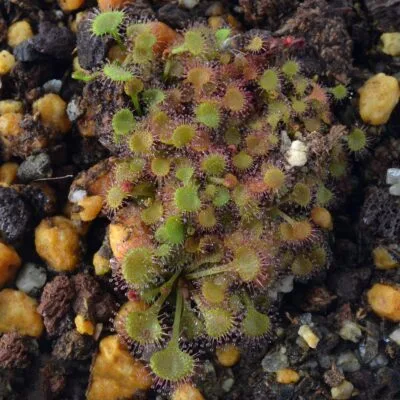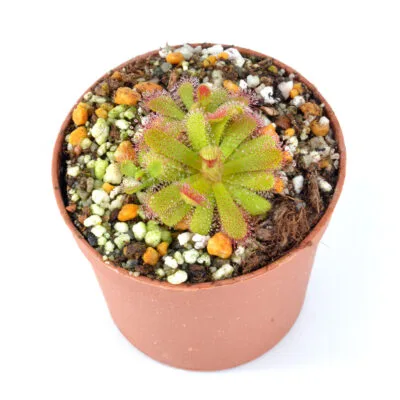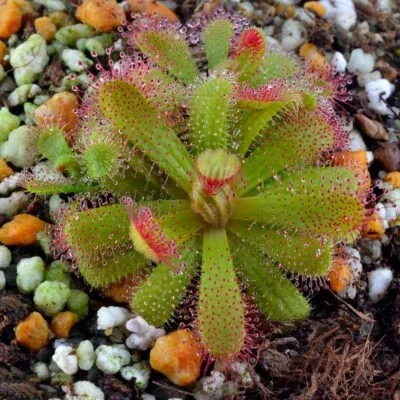For beginners & collectors
Access to rare varieties
Fast shipping
Environmentally friendly
Carnivorous plants for collectors
Here, you will find a unique selection of rare bug-eating plants that are sure to delight every carnivorous plant expert. Whether you’re looking to expand your carnivorous plant collection or simply seeking rare finds, our selection of carefully cultivated specimens is sure to impress.
Top-ranked carnivorous plants for collectors
-


Blonde Sphagnum peat moss (Estonian peat moss)
5 - 2 reviews1.38€ – 6.44€ *Select options This product has multiple variants. The options may be chosen on the product page -


Blonde Sphagnum peat moss and perlite mix (50/50)
5 - 1 review2.20€ – 17.16€ *Select options This product has multiple variants. The options may be chosen on the product page -


-


-


-


-


-


Agriperlite 2/6 mm
0 - 0 reviews1.49€ – 8.31€ *Select options This product has multiple variants. The options may be chosen on the product page -


-




![Drosera cistiflora "Orange flower" [Malmesbury, Republic of South Africa]](https://diflora.it/wp-content/uploads/Drosera-cistiflora-orange-flower-DSC_0686-400x400.jpg.webp)

![Drosera Hilaris [Sir Lowry's Pass, Republic of South Africa]](https://diflora.it/wp-content/uploads/Drosera-hilaris-400x400.jpg.webp)
![Drosera hilaris DSC_0011 Drosera Hilaris [Sir Lowry's Pass, Republic of South Africa]](https://diflora.it/wp-content/uploads/Drosera-hilaris-DSC_0011-400x400.jpg.webp)
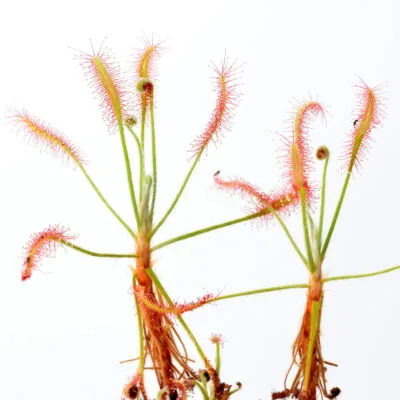
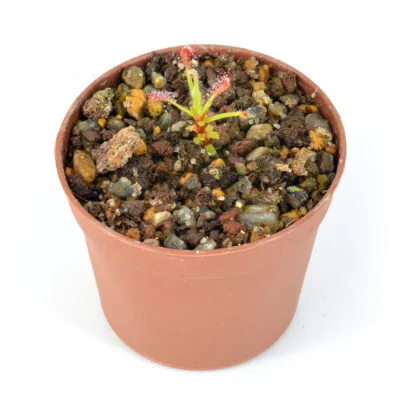




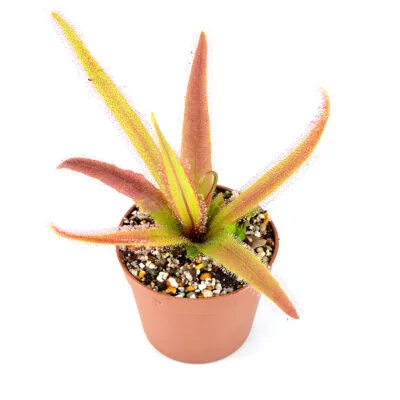
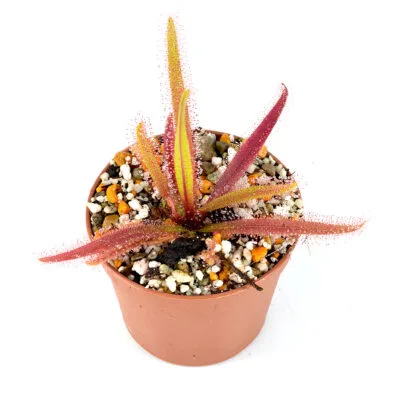
![Drosera cistiflora "Salmon flower" [Moedverloor, Republic of South Africa]](https://diflora.it/wp-content/uploads/Drosra-cistiflora-Salmon-flower-DSC_0477-400x400.jpg.webp)
![Drosera cistiflora “Salmon flower” Drosera cistiflora "Salmon flower" [Moedverloor, Republic of South Africa]](https://diflora.it/wp-content/uploads/Drosera-cistiflora-Salmon-flower--400x400.jpg.webp)
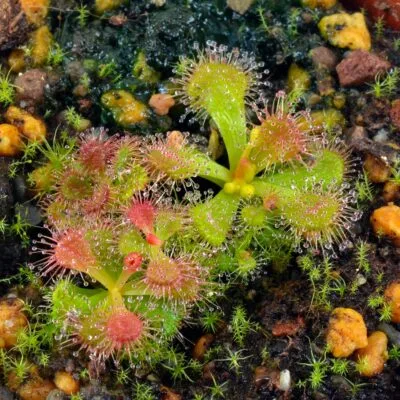
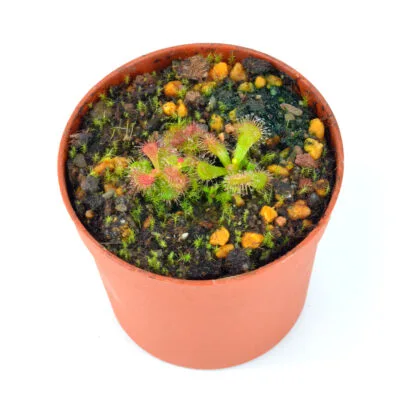
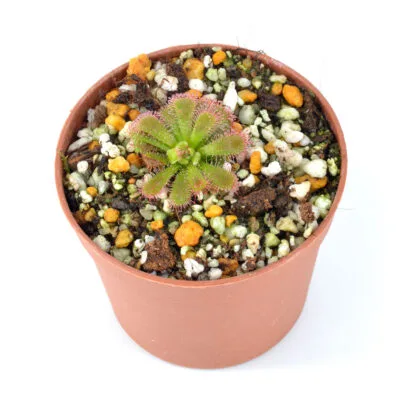
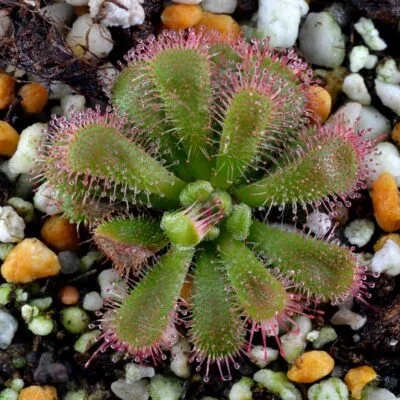
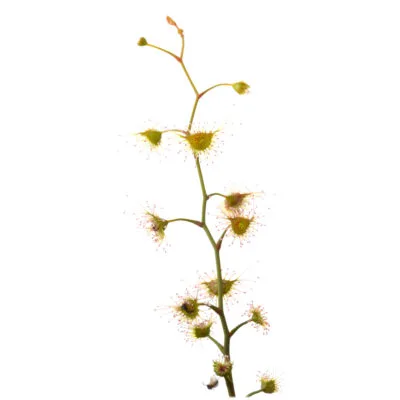

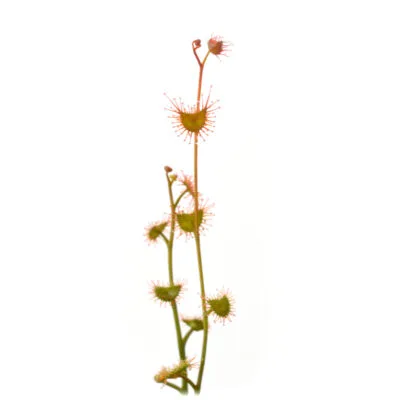







![Drosera gunniana [Para Wirra, South Australia]](https://diflora.it/wp-content/uploads/Drosera-gunniana-Para-Wirra-South-Australia-DSC_0122-400x400.jpg.webp)
![Drosera gunniana [Para Wirra, South Australia] DSC_0034 Drosera gunniana [Para Wirra, South Australia]](https://diflora.it/wp-content/uploads/Drosera-gunniana-Para-Wirra-South-Australia-DSC_0034-400x400.jpg.webp)
